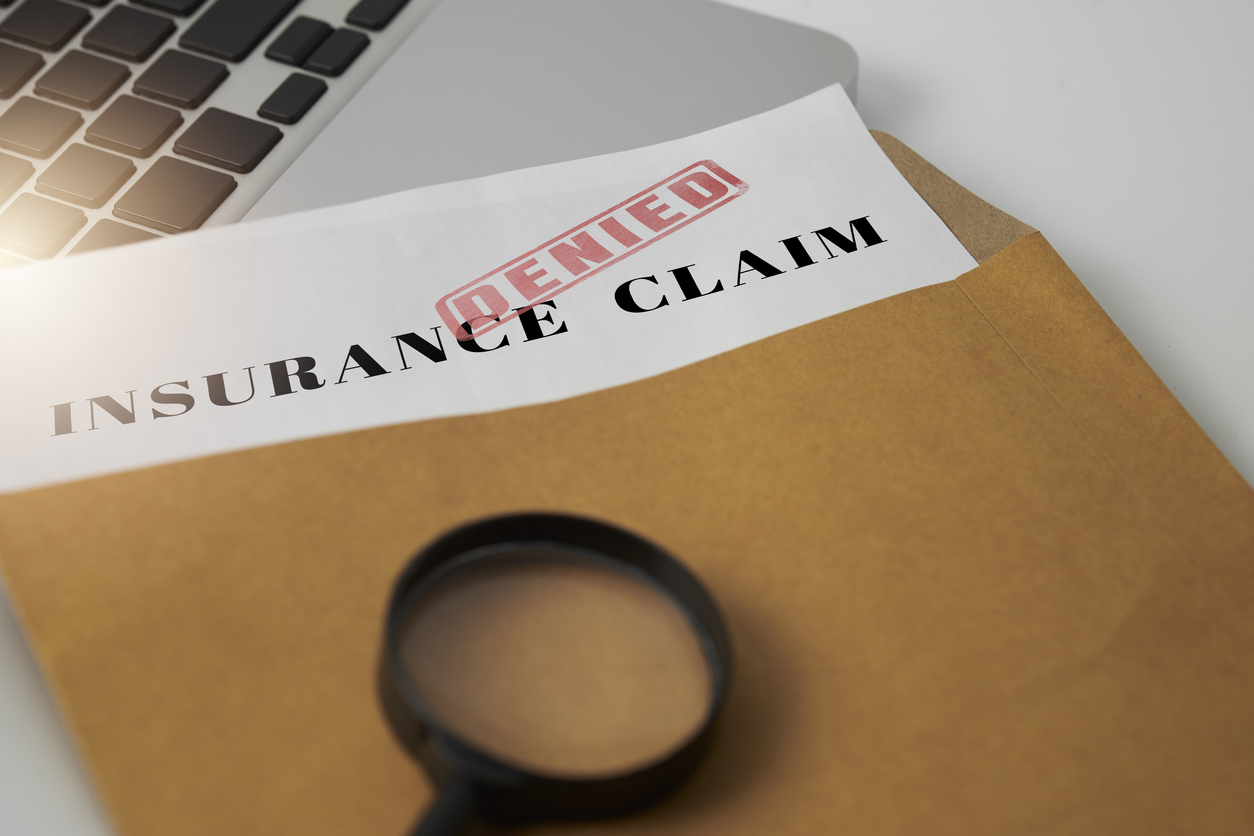Proving financial damages for a new business is usually a difficult task. Following older case law, some states make it nearly impossible under “the new-business rule,” which prohibits a new, never-before-operational business from recovering anticipated profits because such financial damages are too remote, speculative, and uncertain to support a judgment for their loss. The more modern trend is to generally follow that rule but allow such damages under a heightened level of proof.
A West Virginia case1 noted the modern trend:
West Virginia law allows for the recovery of lost profits in an action for breach of contract, insofar as such profits are proved with ‘reasonable certainty.’…Estimates based on ‘mere speculation and conjecture’ are insufficient to establish the requisite degree of certainty. Id. Indeed, more exacting proof of lost profits may be required where the business is a relatively new, less-established one. The plaintiff’s burden is not an impossible one, however. Lost profits may be established with reasonable certainty through the introduction of evidence such as economic and financial data, market surveys and analyses, business records of similar enterprises, and—of course—expert testimony to assist the jury in comprehending it all….
Maher’s proffered evidence fell short of proving Creative Furniture’s lost income with reasonable certainty. Although he submitted historical sales figures for the relatively brief three-year period before the fire, Maher did not attempt to compensate for the dearth of financial data by adducing competent evidence of the business’s economic situation. For example, Maher failed to conduct any scientifically valid surveys assessing the relevant future market for billiard tables and waterbeds, and made no attempt to prove his loss by comparing his post-accident sales to the sales figures of any similarly situated businesses in the market area.
Moreover, Kalt—though doubtless an expert in analyzing financial statements—is not an economist, and he did not purport to otherwise possess any expertise regarding economic forecasting. Yet, in the absence of long-term sales figures, Maher’s best hope of proving his lost business income with reasonable certainty was to produce sufficient economic data upon which an economist could posit a reliable prediction. Faced with the utter lack of such evidence, the district court did not abuse its discretion by limiting the period of loss under the policy to the two-and-one-half weeks following the fire…
In a footnote, the court significantly noted the modern trend:
Although the courts of most other jurisdictions share our concern for the risk of allowing speculative loss of profit awards for new businesses, virtually all believe that those concerns can be addressed by requiring a high level of proof.
In every business interruption loss, there is always forecasting of revenues and expenses, which is inherently speculative to some degree, as noted in An Overview of Business Interruption Insurance:2
Measuring business interruption losses can be challenging, and the methods for doing so will vary depending upon the situation. In general, a party seeking damages for property loss, business interruption, or other loss, must prove those damages to a ‘reasonable certainty.’ Generally, to meet this obligation, the insured must provide ‘summaries’ of calculations to support its contentions regarding business income loss. Moreover, policyholders and insurers will often employ the services of forensic accountants to assist and support the measurement of BI losses.
Proving damages for a BI loss pursuant to this standard can be problematic. Particularly, insureds and their experts are often required to calculate their losses based upon a fictional universe in which the loss did not occur. In order to calculate the loss, the policyholder must project income, estimate earnings, and estimate or justify soft costs such as payroll for employees. These calculations may be further complicated in situations in which widespread natural disasters–hurricanes, earthquakes, floods, etc.–cause losses to the overall economy.
If this sounds muddled and confusing, it is. A Michigan law review article, Through a Glass, Darkly: Back to Basics to Eliminate Speculative Damages Claims in Commercial Litigation,3 noted how context-specific each case can be and that experts, while needed, still may not be allowed to testify:
What quantum of proofs regarding certainty is ‘reasonable’ and, thus, necessary is context-specific (and, in part, the reason for the controlling ‘abuse of discretion’ standard of appellate review). The real challenge for the courts is to reject a damages claim when it is based on some evidence but not the best available evidence under the circumstances….
Standard advice for the plaintiff in a commercial case is to retain an expert witness to testify concerning damages, especially with a lost-profits claim. Even the Restatement notes that use of a damages expert will help the plaintiff reach the level of certainty necessary to submit a damages claim to the jury.
Michigan courts have accepted their role as gatekeeper in preventing unreliable expert testimony from being admitted as evidence. But the courts have sometimes struggled when faced with dueling experts. Here again, citations out of context can distort the applicable principle. In DeLuca v Jeble, the court held that ‘[w]here an expert’s knowledge is limited but the limits of his knowledge are revealed in testimony, then those limits go to the weight of his testimony, not the admissibility.’ Similarly, in City of Detroit v Crown Enterprises the court held that ‘[a]n opposing party’s disagreement with an expert’s opinion or interpretation of the facts is directed to the weight to be given the testimony and not its admissibility.’ Clearly, not every attack on an expert’s proffered testimony goes to admissibility. On the other hand, it is not difficult for legitimate and central critiques of an expert’s proposed testimony–critiques that go to the heart of the court’s gatekeeper function–to be improperly waived aside as disagreements with the expert’s opinion.
If it seems to you that I am not announcing a bright line test to be followed, it is because there is no bright line test. Nobody has definitely said what proving financial damages to a “reasonable certainty” means:
Hadley v. Baxendale is the most famous case in contract law, perhaps in all of Anglo-American civil law. It is a standard of law school curricula and the subject of a vast literature. In truth, however, the rule in Hadley v. Baxendale is no longer much of an issue in real-world litigation. The big issue in business litigation — the one the huge verdicts turn on — is whether the plaintiff’s lost profits have been proven with reasonable certainty. This is an issue that is far more difficult and complex than the rule in Hadley v. Baxendale. Perhaps it is because of this difficulty and complexity that few academic writers have attempted to deal with the issue.
Every United States jurisdiction has adopted the rule that lost profits must be proven with reasonable certainty. Professor McCormick, in his classic treatise on damages, called the reasonable certainty requirement ‘probably the most distinctive contribution of the American courts to the common law of damages.’ In spite of this universal adoption of the language, however, courts have never really explained what they mean by the term ‘reasonable certainty.’ One Justice of the Oregon Supreme Court went so far as to say: ‘I must confess . . . that I have no more idea what reasonable certainty means than I have as to the meaning of certainty. I would assume that it is some lesser quantum of proof than . . . beyond a reasonable doubt, or to a moral certainty.
…the case law is a jumble of inconsistent rules, some purporting to say what constitutes reasonable certainty, others purporting to say that reasonable certainty doesn’t matter, and all of them at odds with at least some other pronouncements of the same court.’4
A new business with some operation is certainly better than a business with no operating history when it comes to collecting lost income under a business interruption policy. However, as noted in Newly Built Businesses Also Need Extra Expense Coverage- Understanding Business Interruption Claims, Part 75, even new businesses have valuable extra expense benefits regardless of lost business income.
There is also the issue of the insurer knowingly selling illusory insurance, which it will never have to pay a claim upon if the insurance industry were to apply commercial standards of proof to insurance claims. A builders risk policy with no operation of the business, which is sold with a business income endorsement, comes to mind in this example. Accordingly, while courts may have some difficulty accepting damages for a business that has not started operations, the insurance industry, without its litigation lawyers getting into the act, often adjusts these losses with forecasted revenues and expenses.
Thought For The Day
Learn from the mistakes of others. You can’t live long enough to make them all yourself.
—Eleanor Roosevelt
1 Maher v. Cont’l Cas. Co., 76 F.3d 535, 541 (4th Cir. 1996) (applying West Virginia law).
2 Jason C. McLaurin, An Overview of Business Interruption Insurance, 38 Corp. Couns. Rev. 233 (2019).




